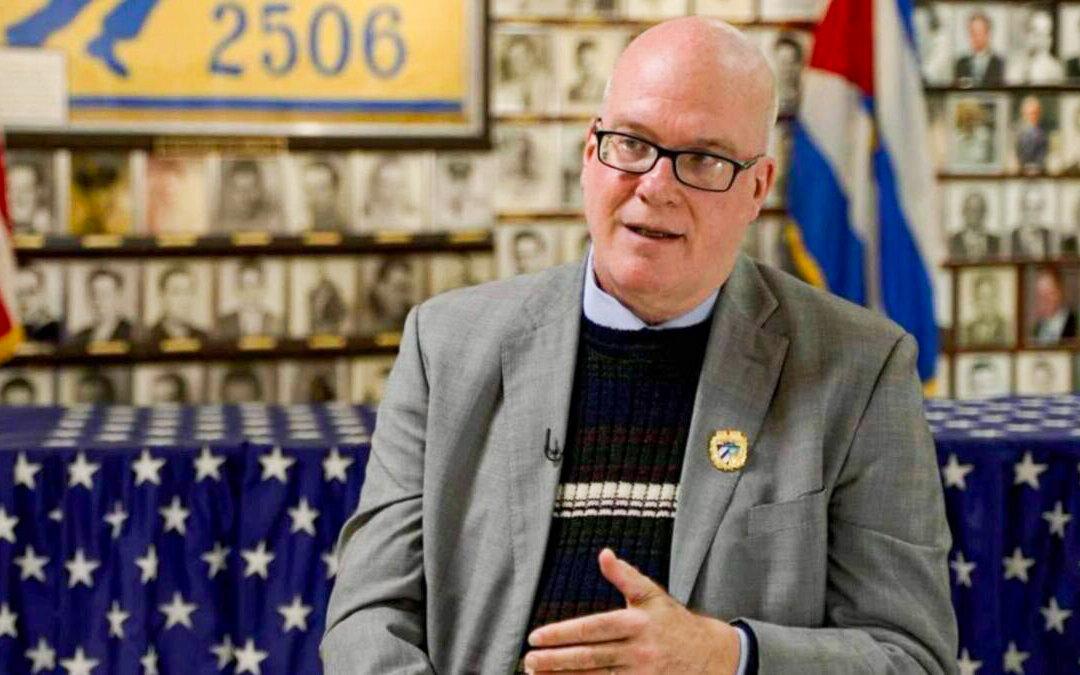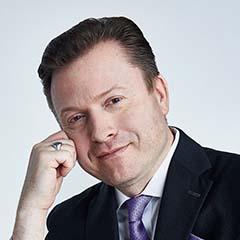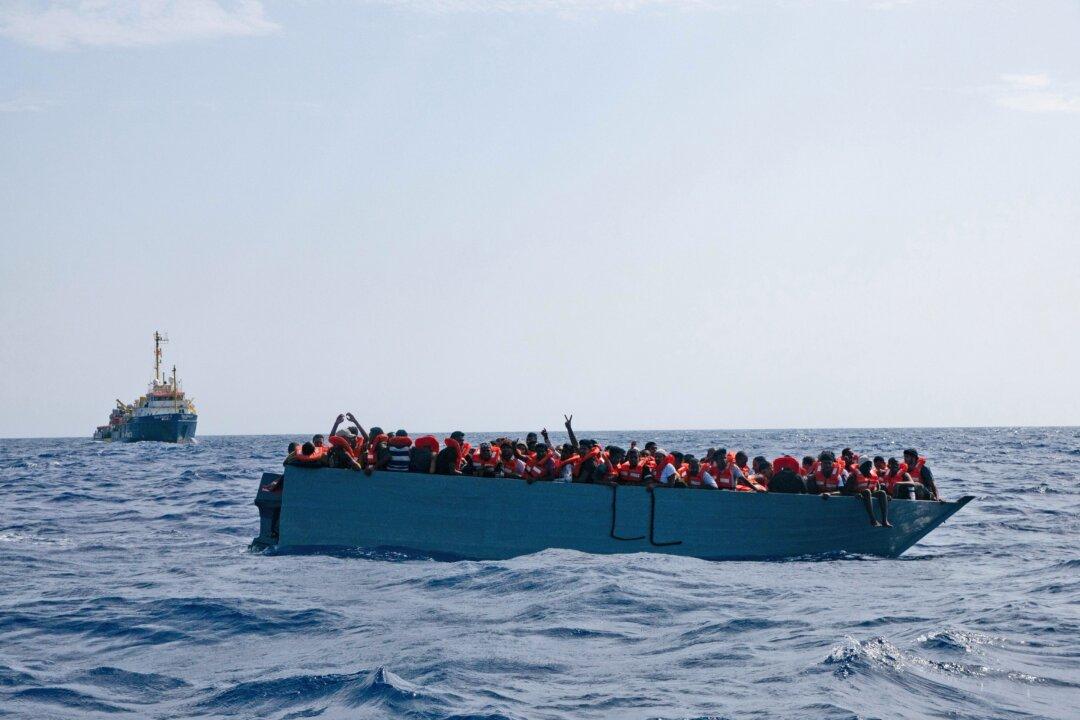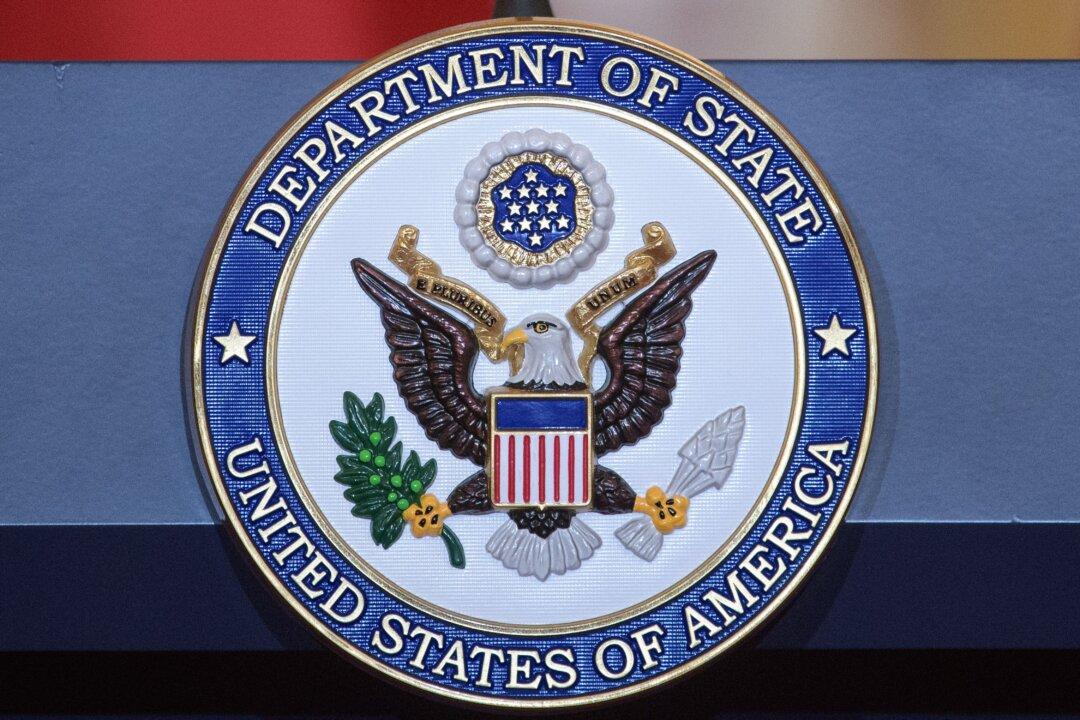The American Left contributed to the emergence of the communist regime in Cuba through planning, preparations, and media coverage to make Cuba the driving force for spreading socialism to the United States and Latin America, said Orlando Gutierrez-Boronat, co-founder and spokesperson for the Cuban Democratic Directorate, a U.S.-based organization that supports human rights in Cuba.
Gutierrez-Boronat is also an award-winning author, invited lecturer at Georgetown University, and community leader. He holds a Ph.D. in the Philosophy of International Studies.






